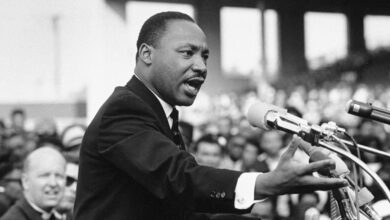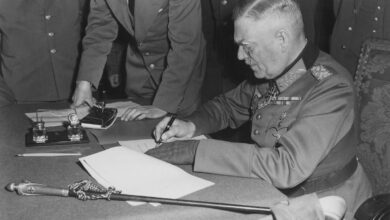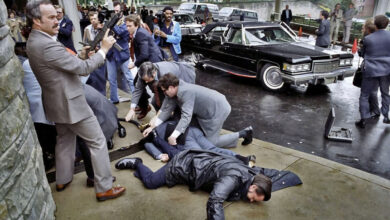A Narrow Escape: The April 13 Odyssey of Apollo 13
On April 11, 1970, at 13:13 CST, Apollo 13 launched from Kennedy Space Center, embarking on what was to be the third lunar landing mission. The mission was primed for exploration, commanded by James A. Lovell Jr., with John L. Swigert Jr. as the Command Module Pilot and Fred W. Haise Jr. serving as Lunar Module Pilot. However, the journey took an unforeseen turn on April 13, at 21:07 CST, when an oxygen tank in the service module exploded, crippling the spacecraft. This incident forced the crew to abort their lunar landing, marking the mission’s shift from exploration to survival. The phrase “Houston, we’ve had a problem,” voiced by Swigert, encapsulated the moment of crisis and has since become emblematic of the mission.
Despite the dire circumstances, the Apollo 13 mission is a testament to human ingenuity and resilience. With the support of NASA’s Mission Control, the crew ingeniously utilised the Lunar Module as a “lifeboat” to sustain life and navigate the spacecraft back to Earth. This critical manoeuvre, precise calculations, and resourceful problem-solving ensured their safe return. On April 17, 1970, at 12:07 CST, the world watched the Apollo 13 Command Module, Odyssey, safely splashed down in the Pacific Ocean, concluding what is often called a “successful failure.” This mission demonstrated the inherent risks of space exploration and highlighted the capacity for human determination to overcome seemingly insurmountable challenges.





